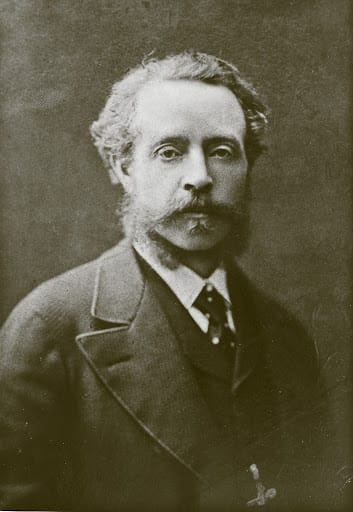From Apprentice to Optical Visionary: The Legacy of John Henry Dallmeyer
In the annals of photographic history, few names resonate with the same clarity and brilliance as John Henry Dallmeyer. Born in 1830 in the small town of Loxten, Westphalia, Dallmeyer’s journey from humble apprentice to pioneering lens maker is a testament to the power of curiosity, craftsmanship, and bold ambition.
His early years were shaped by a natural aptitude for science and a formative apprenticeship with an optician in Osnabrück. But it was his decision in 1851 to relocate to London, a city electrified by the Great Exhibition and brimming with technological promise, that marked the true beginning of his ascent. In this vibrant crucible of innovation, Dallmeyer’s talents quickly found fertile ground.
After initial work with a general optician, he joined the workshop of Andrew Ross, one of Britain’s most respected manufacturers of lenses and telescopes. Ross’s firm was a beacon of optical excellence, and Dallmeyer’s contributions soon distinguished him as more than just a skilled technician. Following a brief commercial interlude, Ross reappointed him as a scientific adviser, a role that underscored his growing reputation for precision and insight.
This professional alliance deepened into a personal one when Dallmeyer married Ross’s daughter, Hannah. Tragically, Ross passed away in 1859, but the inheritance of both capital and the telescope-manufacturing arm of the business gave Dallmeyer the means to forge his own legacy. With a new company under his name, he embarked on a mission not merely to produce lenses, but to redefine what they could achieve.
Revolutionising Photography Through Precision Lenses
Dallmeyer’s work was characterised by an obsessive pursuit of optical perfection. In an era when photography was still finding its feet, he pushed the boundaries of what lenses could do: transforming them from functional tools into instruments of artistic and scientific revelation.
- Portrait Lenses: His refinements yielded sharper, more aesthetically pleasing images, elevating the work of Victorian portraitists and helping to define the visual language of the age.
- Landscape Lenses: With wider fields of view and enhanced clarity, Dallmeyer’s designs allowed photographers to capture the grandeur of nature with unprecedented fidelity.
- Microscope Optics: His improvements to object glasses opened new frontiers in scientific research, enabling clearer observation of the microscopic world.
- Optical Lanterns: By enhancing condenser systems, he made projection brighter and more efficient—transforming illustrated lectures and magic lantern shows into immersive experiences.
His innovations weren’t confined to Earth. Dallmeyer constructed several photoheliographs, specialised telescopes designed to photograph the sun, contributing vital tools to the field of astronomy. Whether capturing a human face, a sweeping landscape, or a celestial body, his work demonstrated a profound understanding of how light could be harnessed, shaped, and directed.
A Lasting Legacy and the Telephoto Revolution
John Henry Dallmeyer’s life was cut short in 1883 during a voyage off the coast of New Zealand, but his legacy endured. His son, Thomas Rudolphus Dallmeyer, inherited not only his father’s technical acumen but also his visionary spirit. In 1891, Thomas patented a design that brought telephoto lenses into mainstream photographic practice; a breakthrough that expanded the creative and practical possibilities of the medium.
His book Telephotography (1899) became a foundational text, cementing the Dallmeyer name as synonymous with optical innovation. Together, father and son reshaped the way we see the world, through lenses that didn’t just record reality, but revealed it.

Echoes of Vision in Contemporary Practice
Today, the Dallmeyer tradition lives on in the work of photographers who continue to explore the interplay of light, shadow, and structure. Their legacy is not just technical, it’s philosophical. It’s about seeing more deeply, capturing more truthfully, and composing with intention.
If you’re drawn to the drama of the built environment, to the quiet poetry of architectural form rendered in monochrome, you may find a kindred spirit in the architecture series available in my shop. Each print is a meditation on space, light, and perception—an echo, perhaps, of the visionary clarity that defined the Dallmeyer name.






One Comment
I find it fascinating how John Henry Dallmeyer’s innovations shaped both photography and science—do you think modern photographers still appreciate the craftsmanship and legacy behind the lenses they use today, or has that sense of history faded in the digital age?